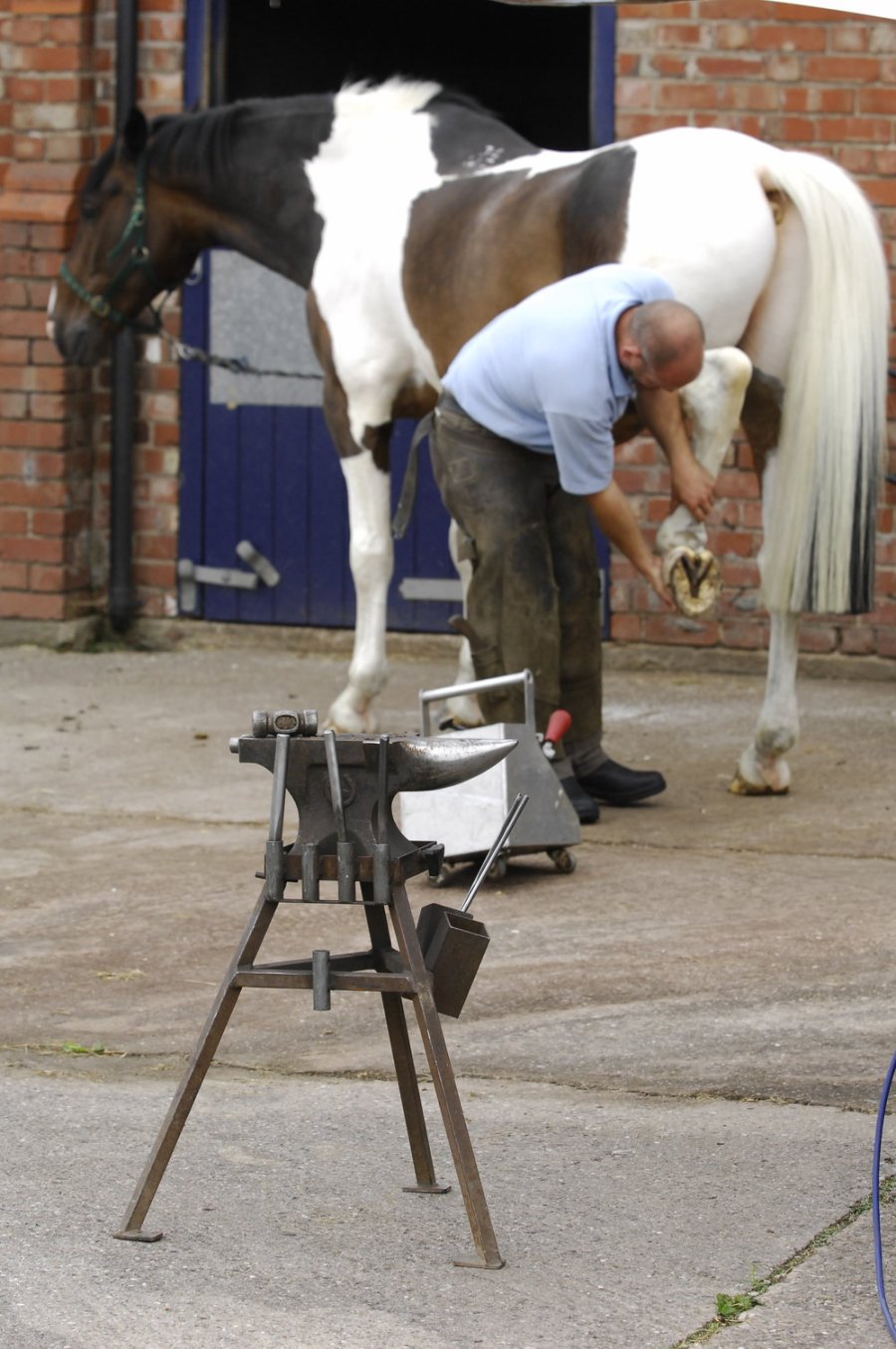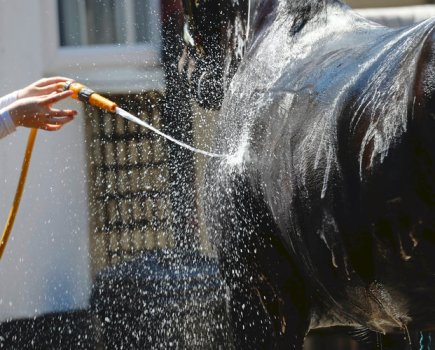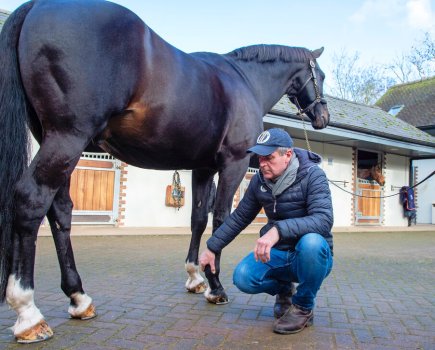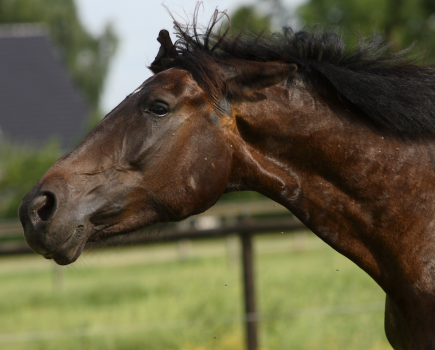Shivers or shivering is a rare neuromuscular disorder of the limbs resulting in trembling of the hindlimb muscles, abnormal lifting of the limbs and mild gait abnormalities.
What are the signs?
The signs of shivering can be difficult to detect and there is considerable overlap between the clinical signs of shivering and those of other diseases, such as stringhalt. The most common clinical issues include:
- Exaggerated lifting of the hindlimbs and holding the limb out to the side (abduction).
- The limb may be shaking or trembling as it is lifted.
- Difficulty holding the limb up for prolonged periods of time.
- Exaggerated lifting of the hindlimbs and moving the limbs to the side when backing up.
- Lifting and quivering of the tail head when asked to back up.
The problem is not usually apparent in normal ridden work, but the issues in lifting the hindlimbs can make farriery more difficult. For this reason, horses with shivers are often unshod behind.
Why does it happen?
It is not known what causes shivers or why certain horses are affected (shivering more usually affects draught horses, though it is also seen in Warmbloods, Thoroughbreds and other breeds).
It is suspected that shivers stems from a problem with the nerves, or within the part of the brain that controls the fine movement of the limbs.
Can it be treated?
Currently there is no treatment for shivers. There is some evidence that when horses are stressed and worried they may have more extreme signs of shivers, so having a good routine with calm, stress-free management and a consistent amount of exercise may help to keep the clinical signs stable.
Shivers tends to be progressive with age. A recent study found that 74% of horses had progression of the clinical signs.
Symptoms such as mild tremoring when lifting the limbs will advance to marked jerky movements and then a reluctance to lift the limbs at all.
Making your farrier aware of the condition may help smooth over any issues with shoeing and trimming the hind feet.
With appropriate management, most horses will be able to have a happy and useful life.









